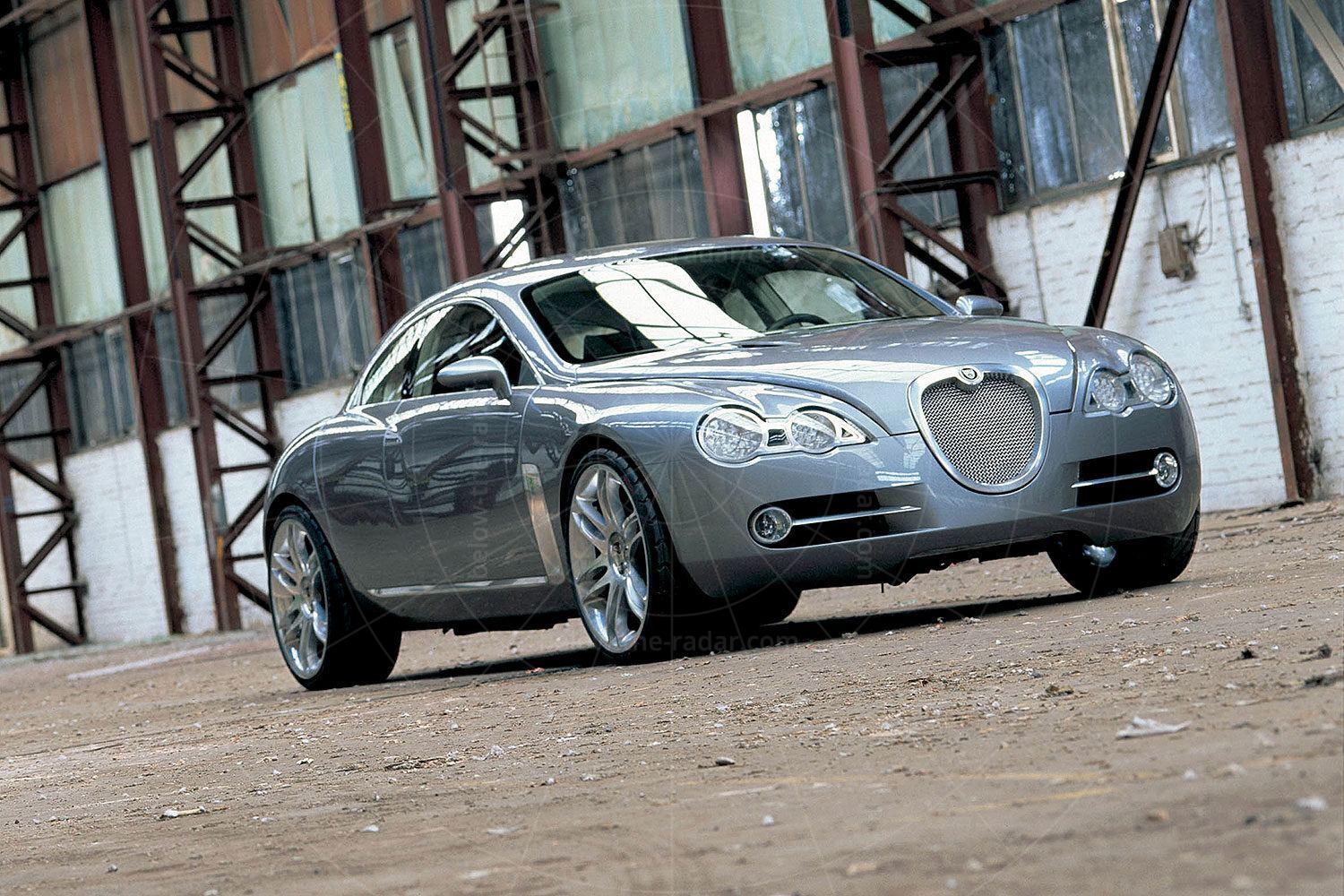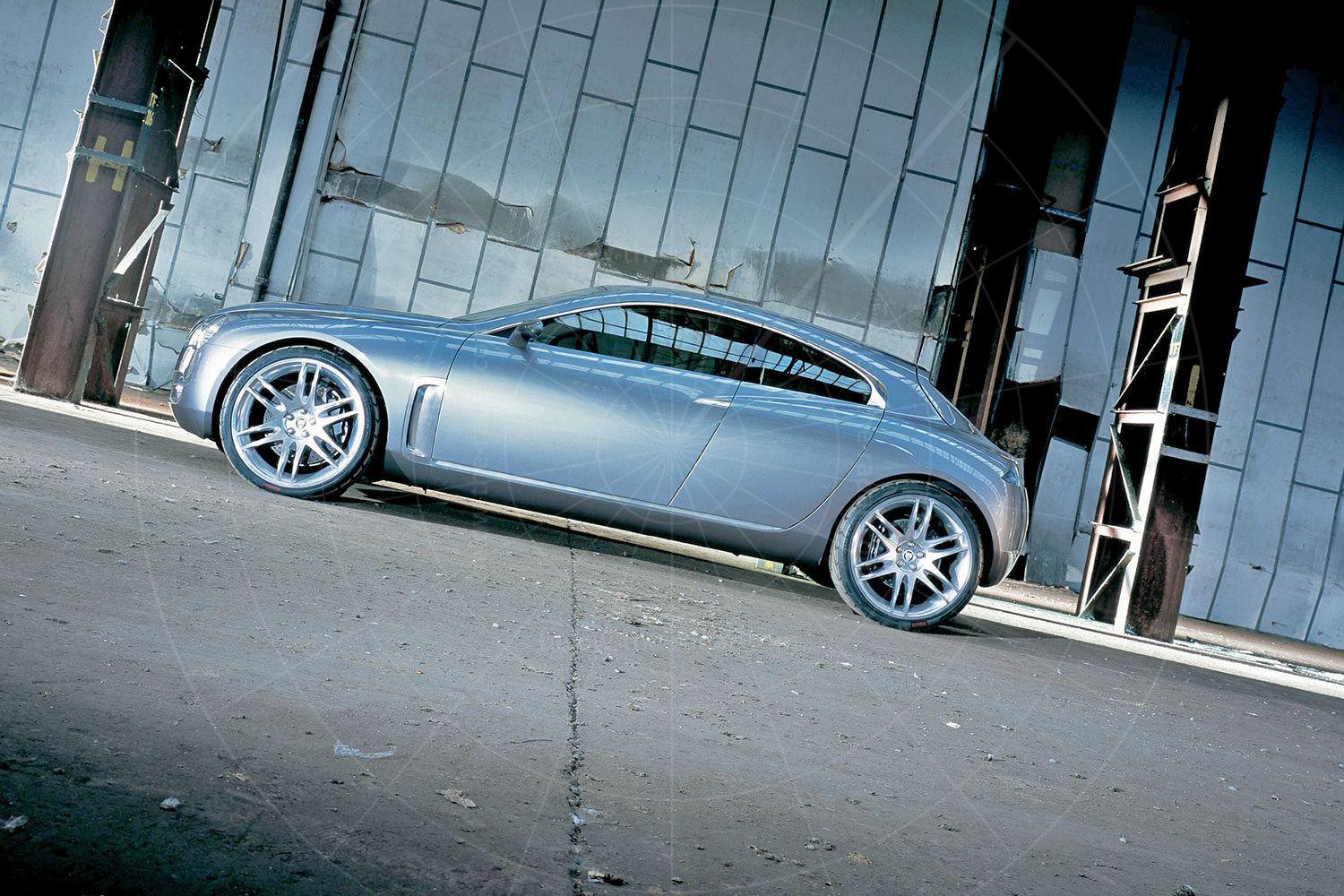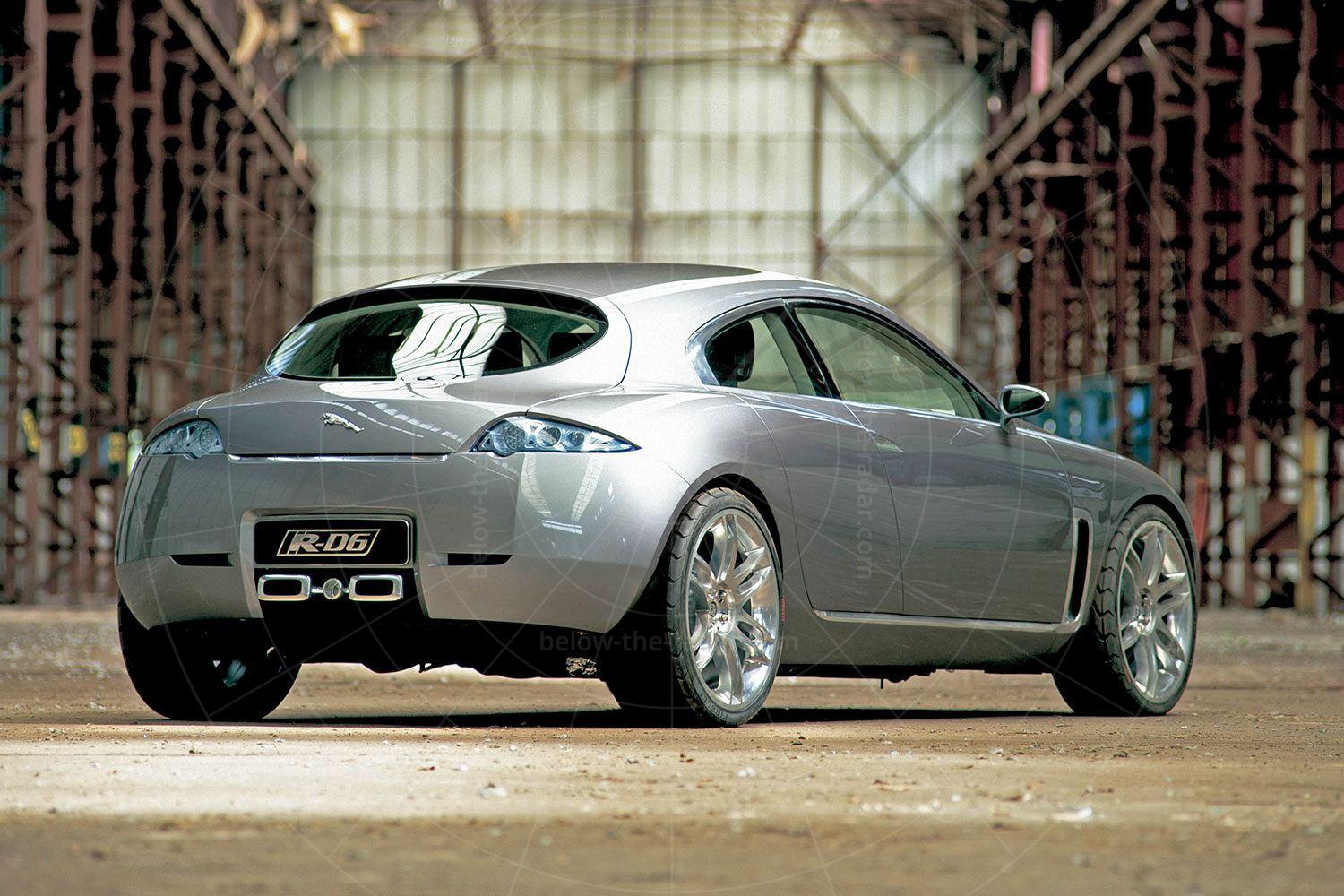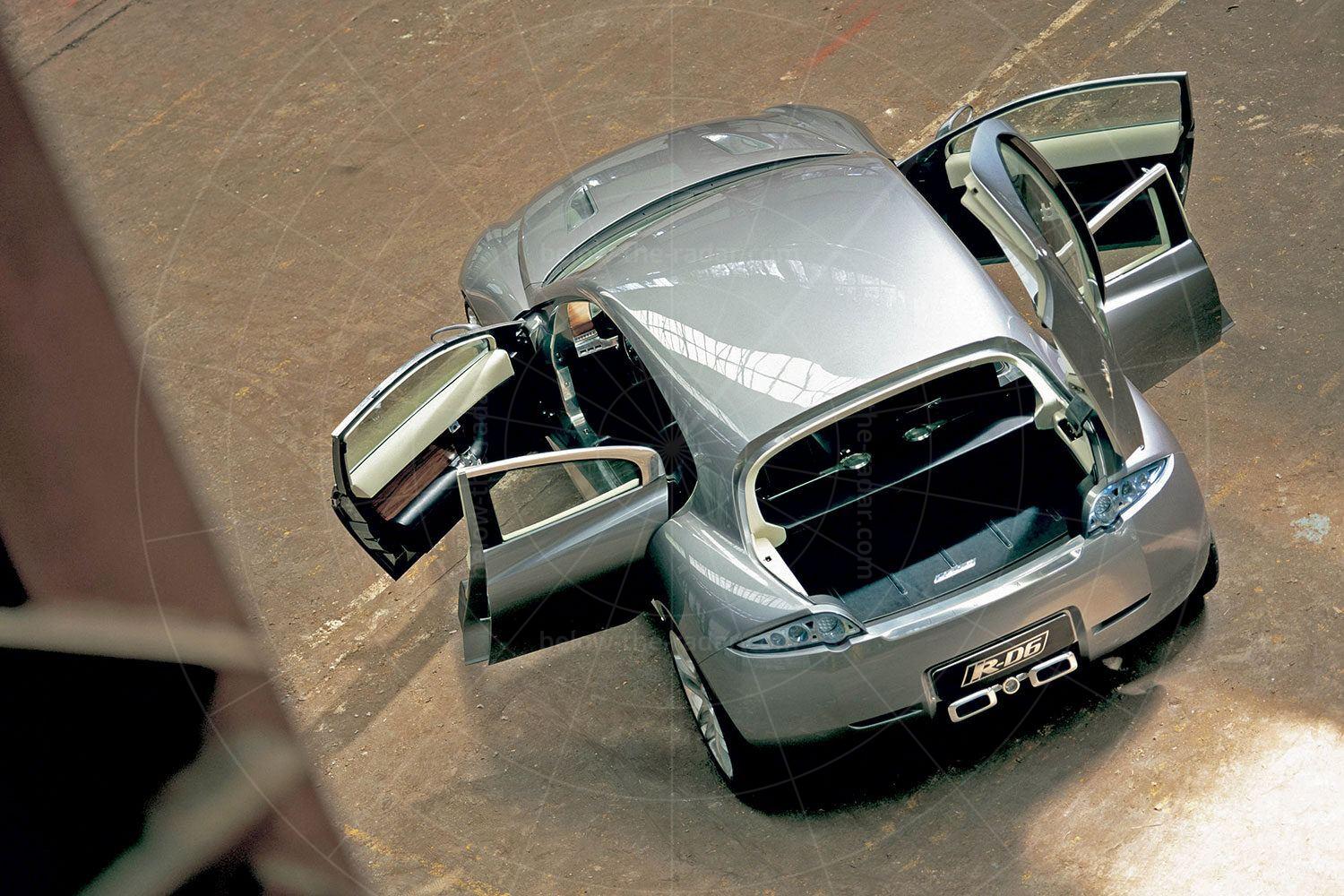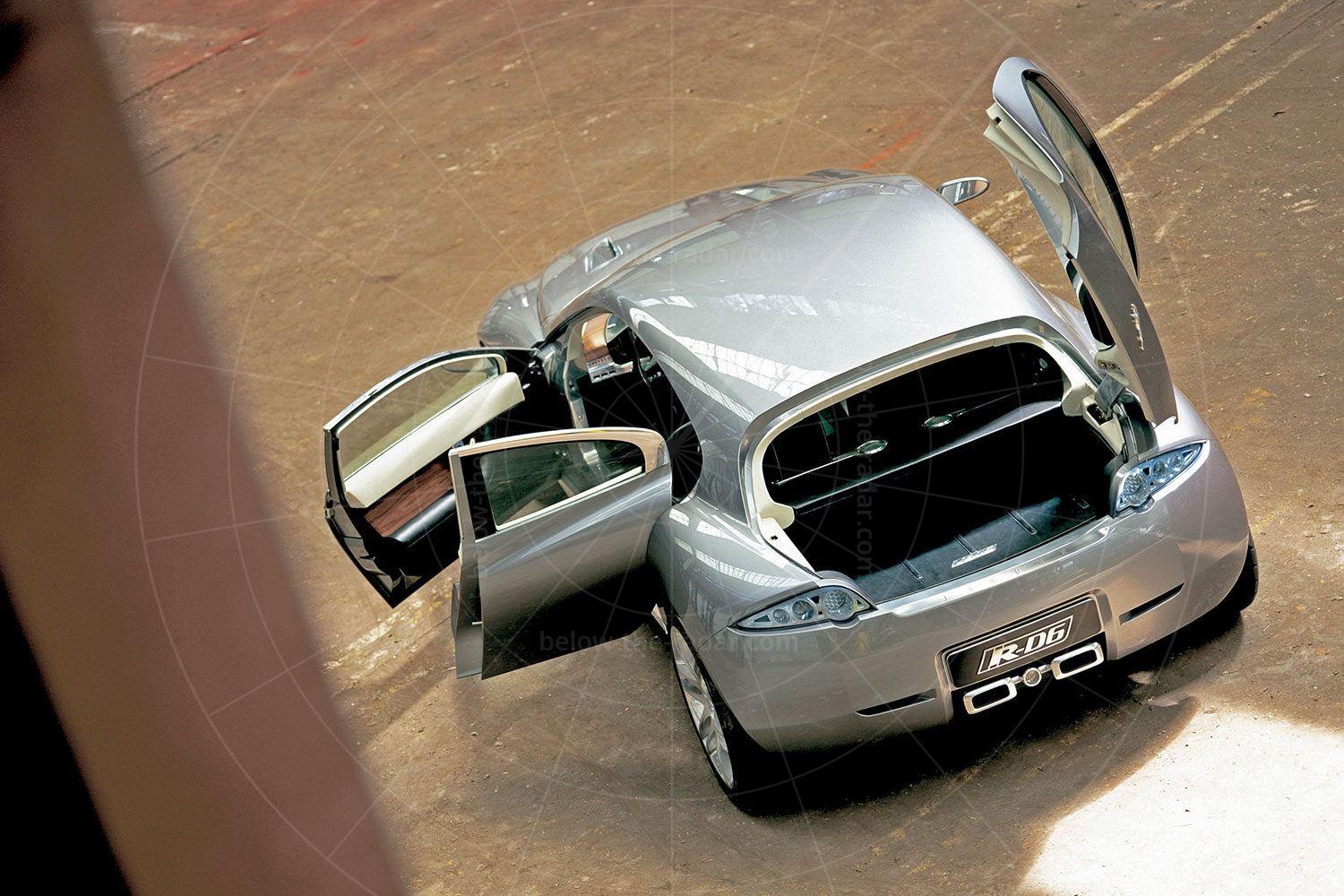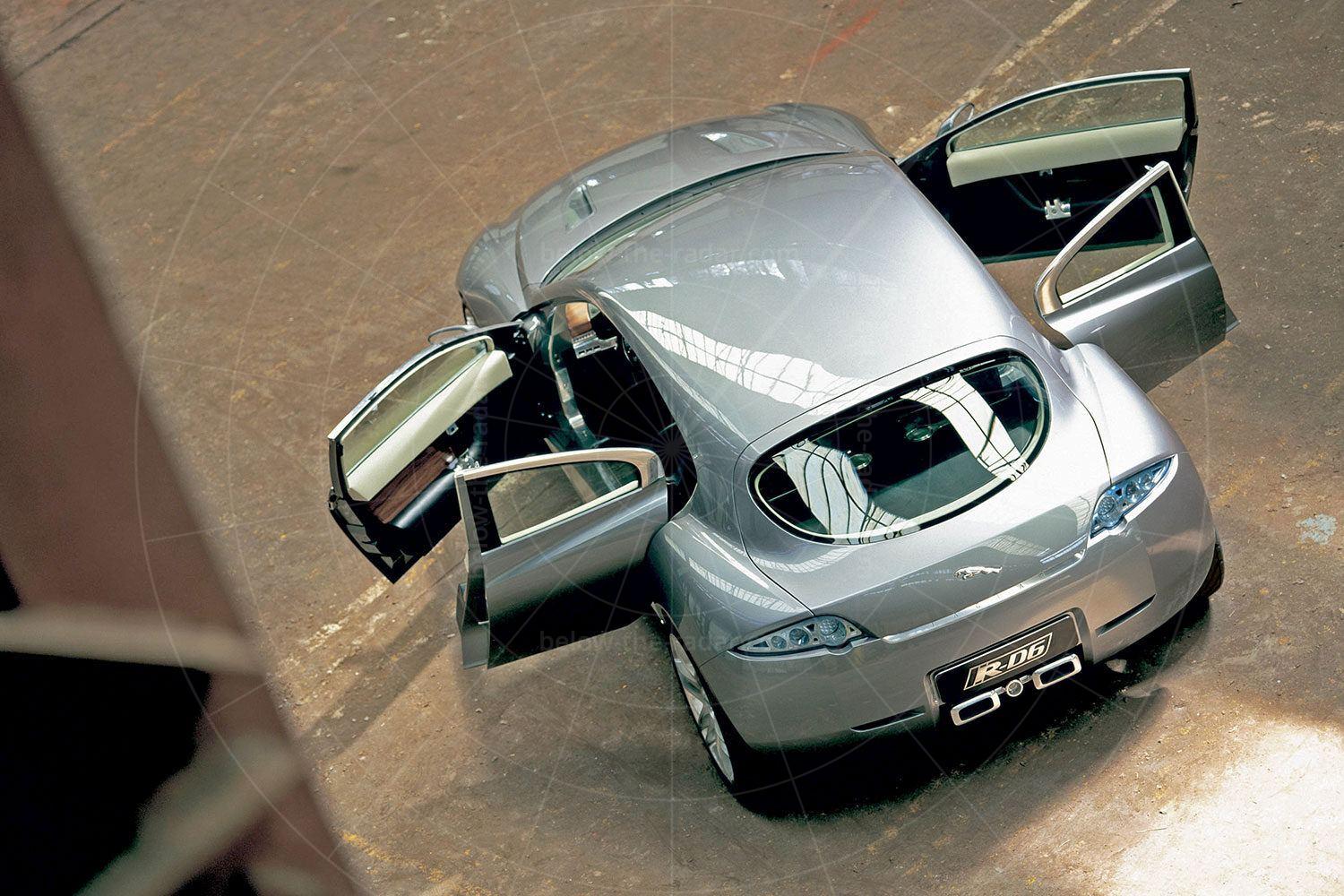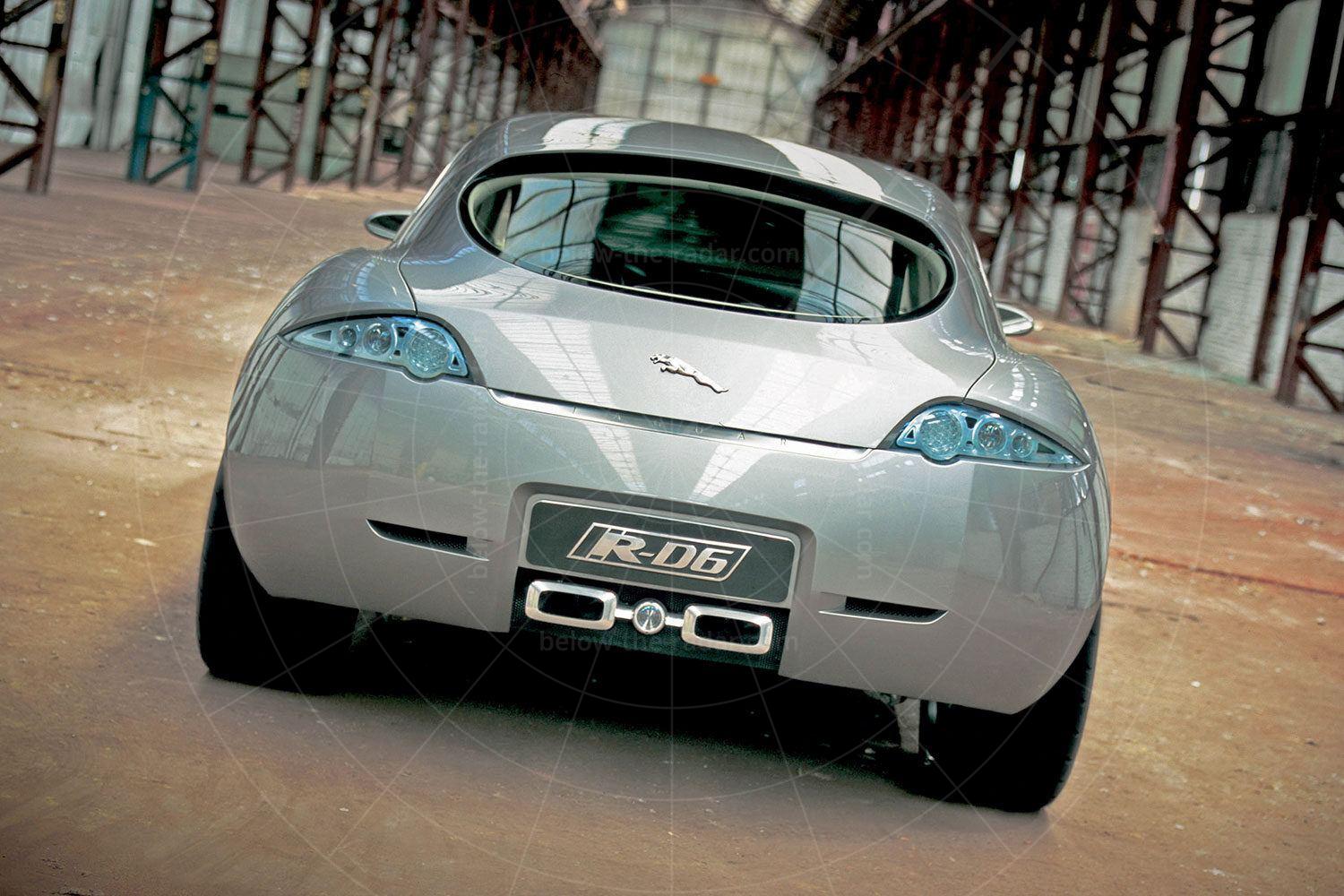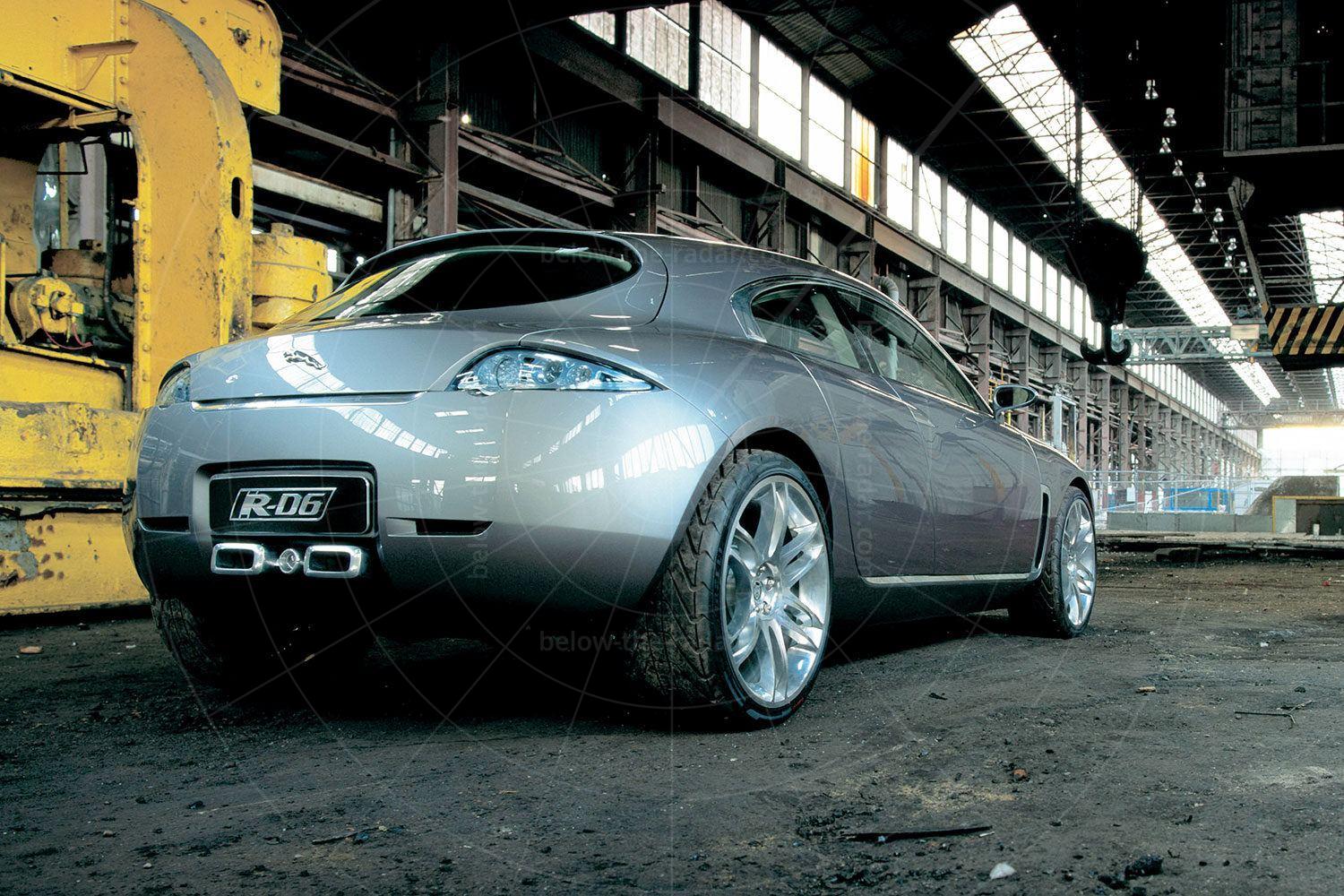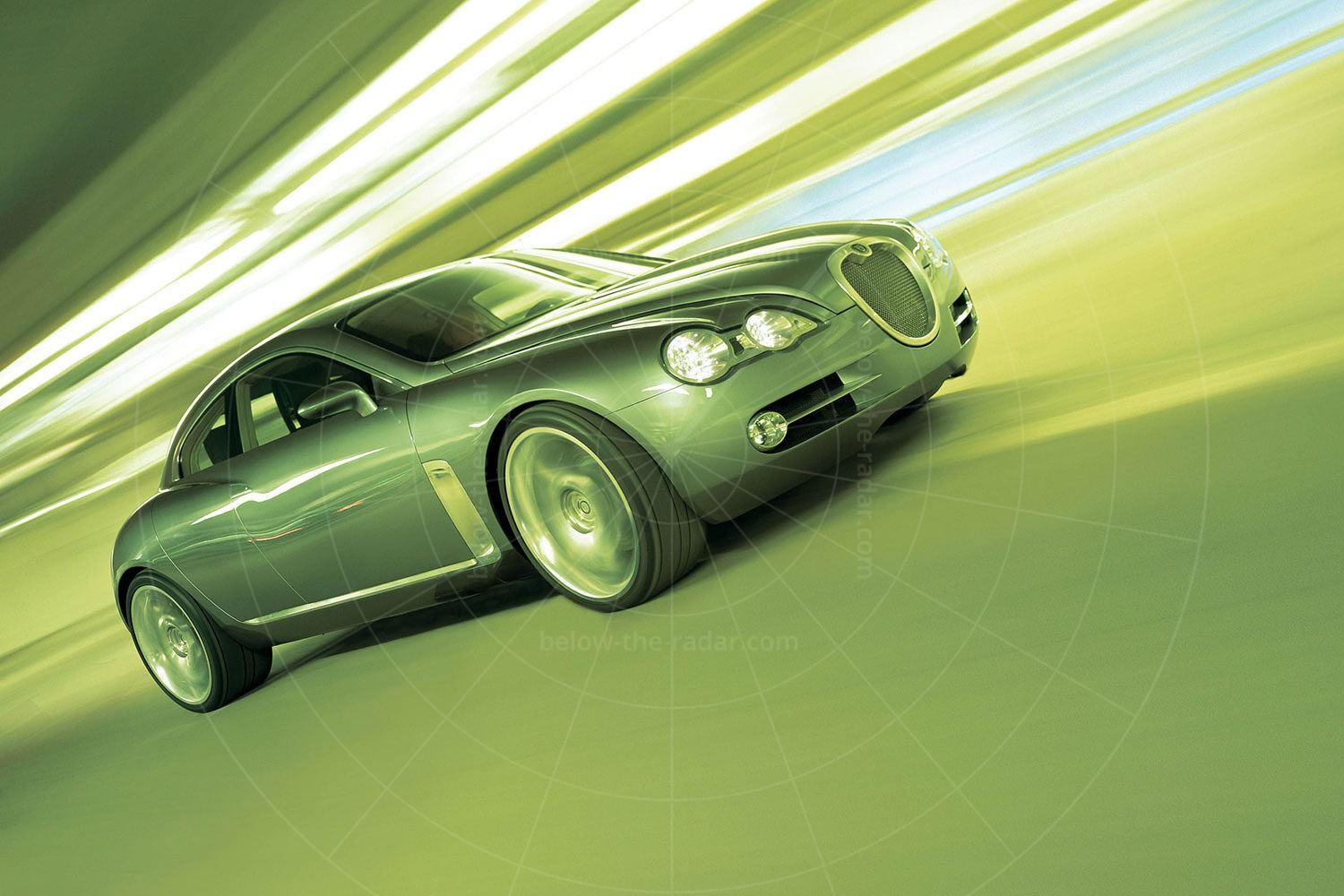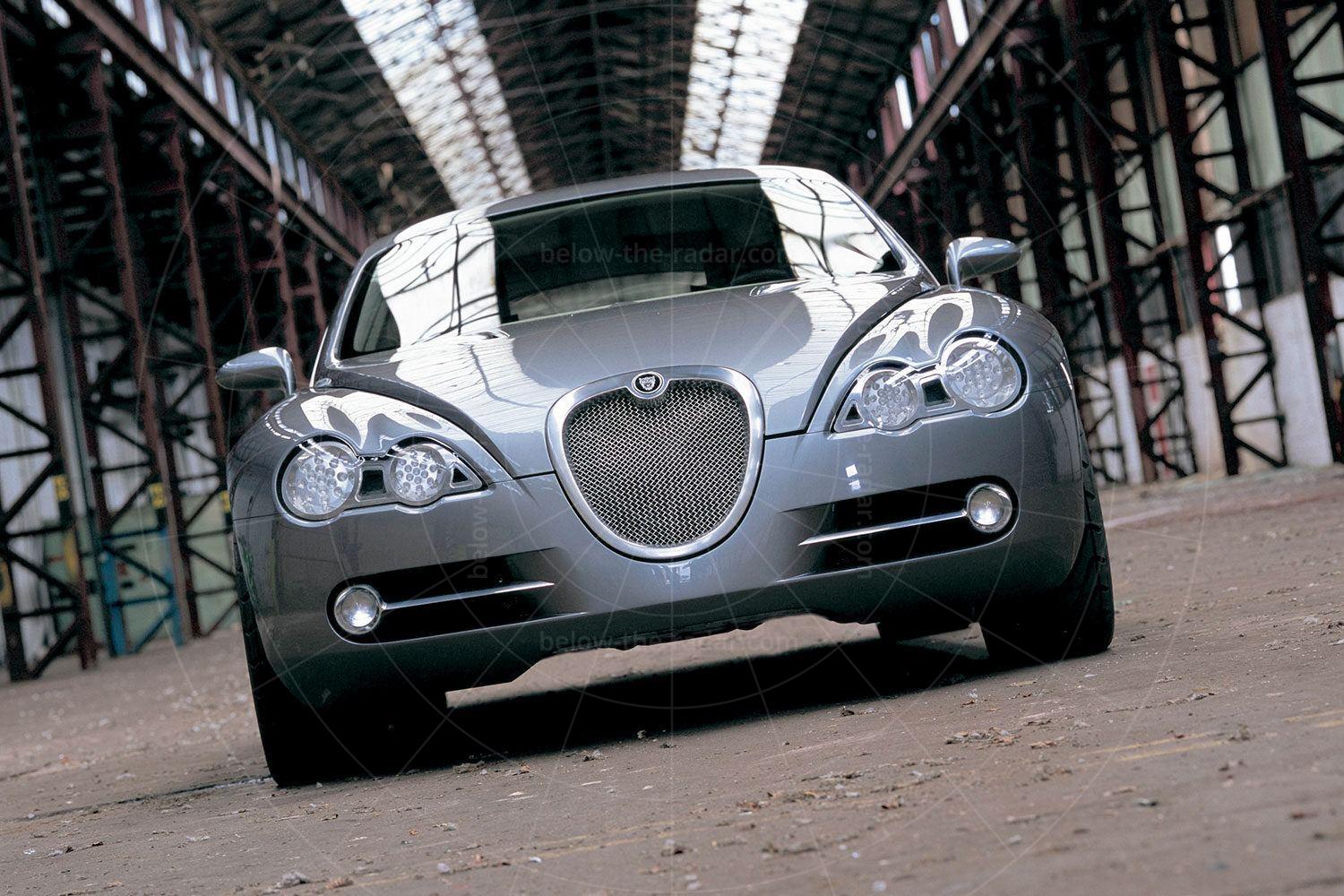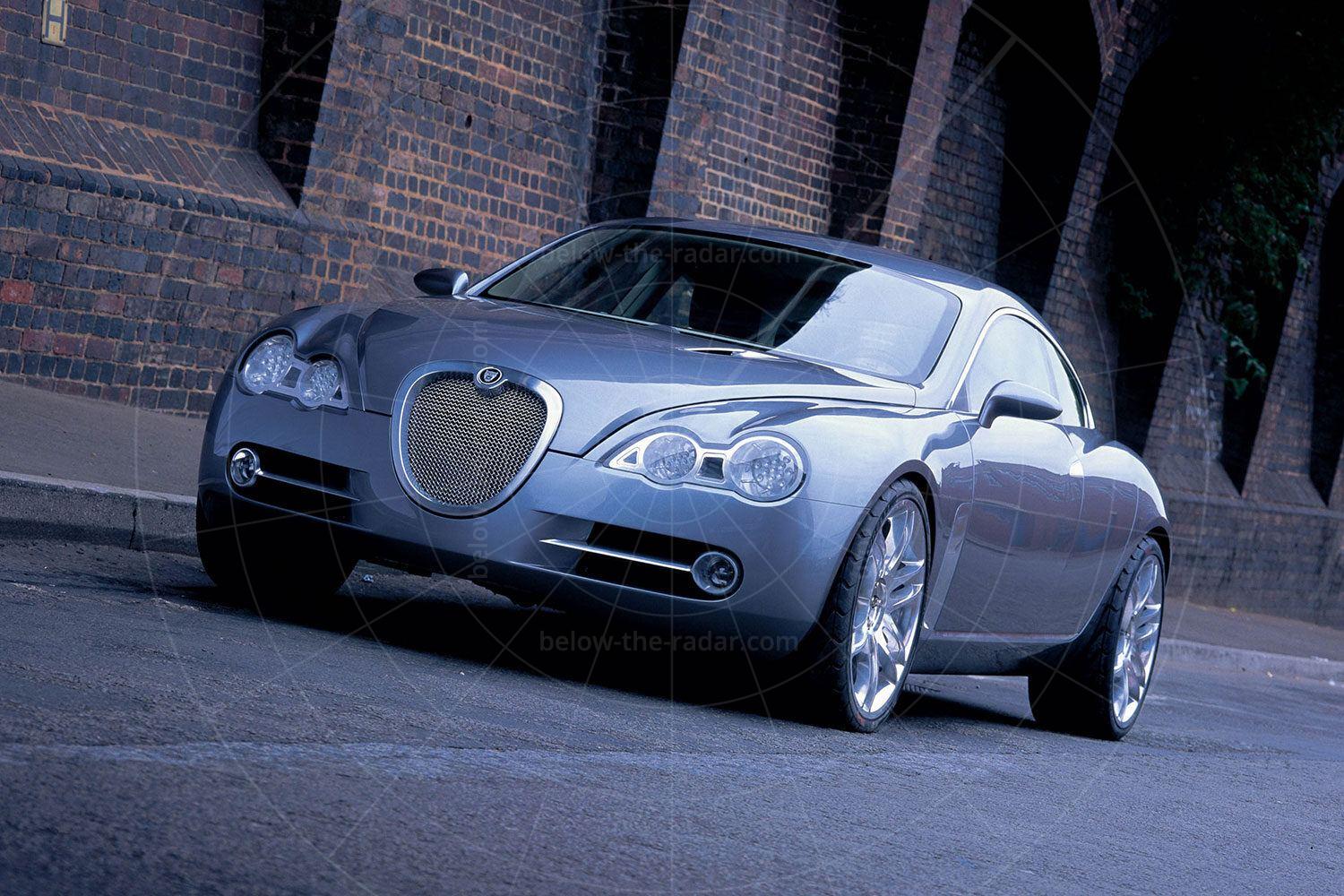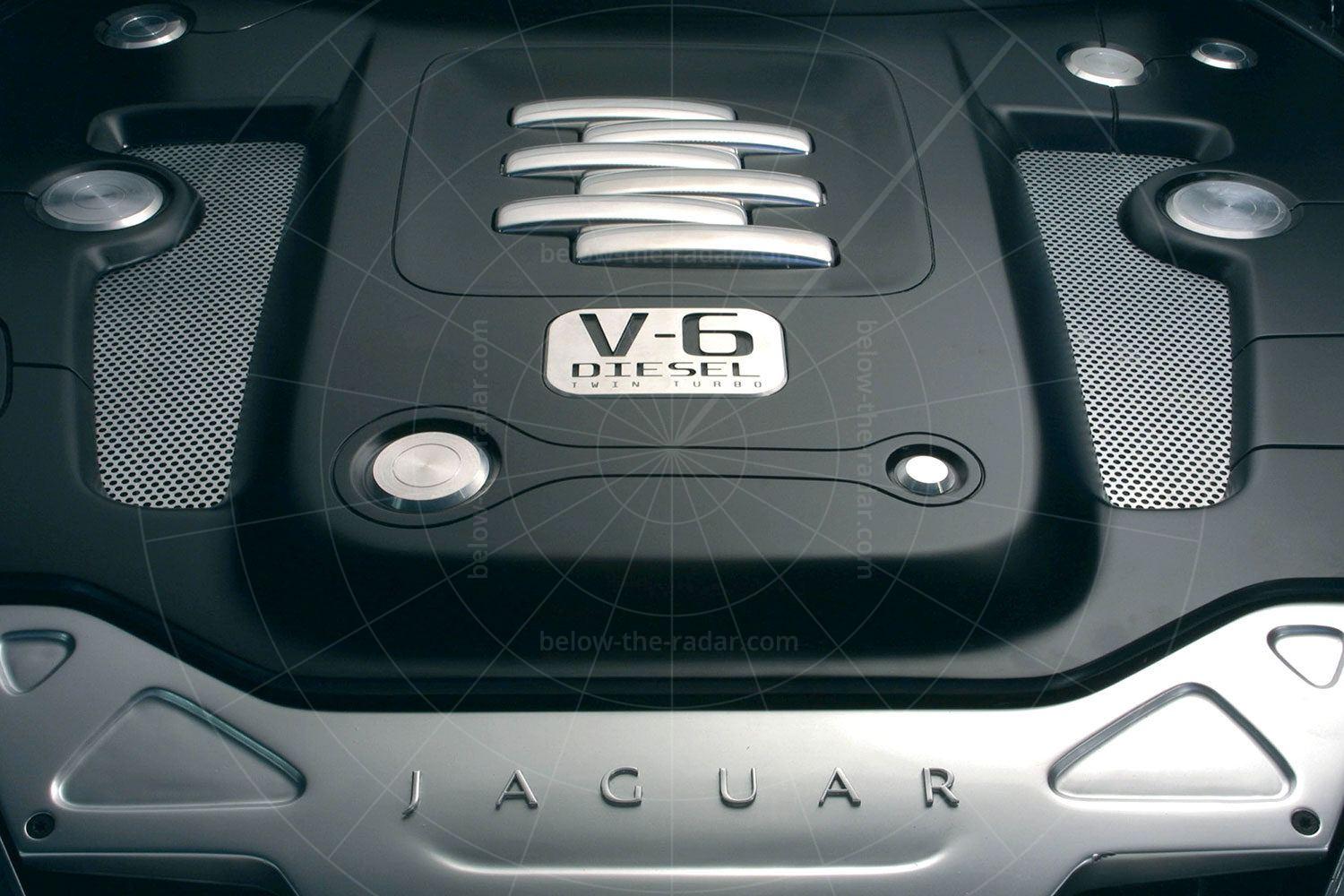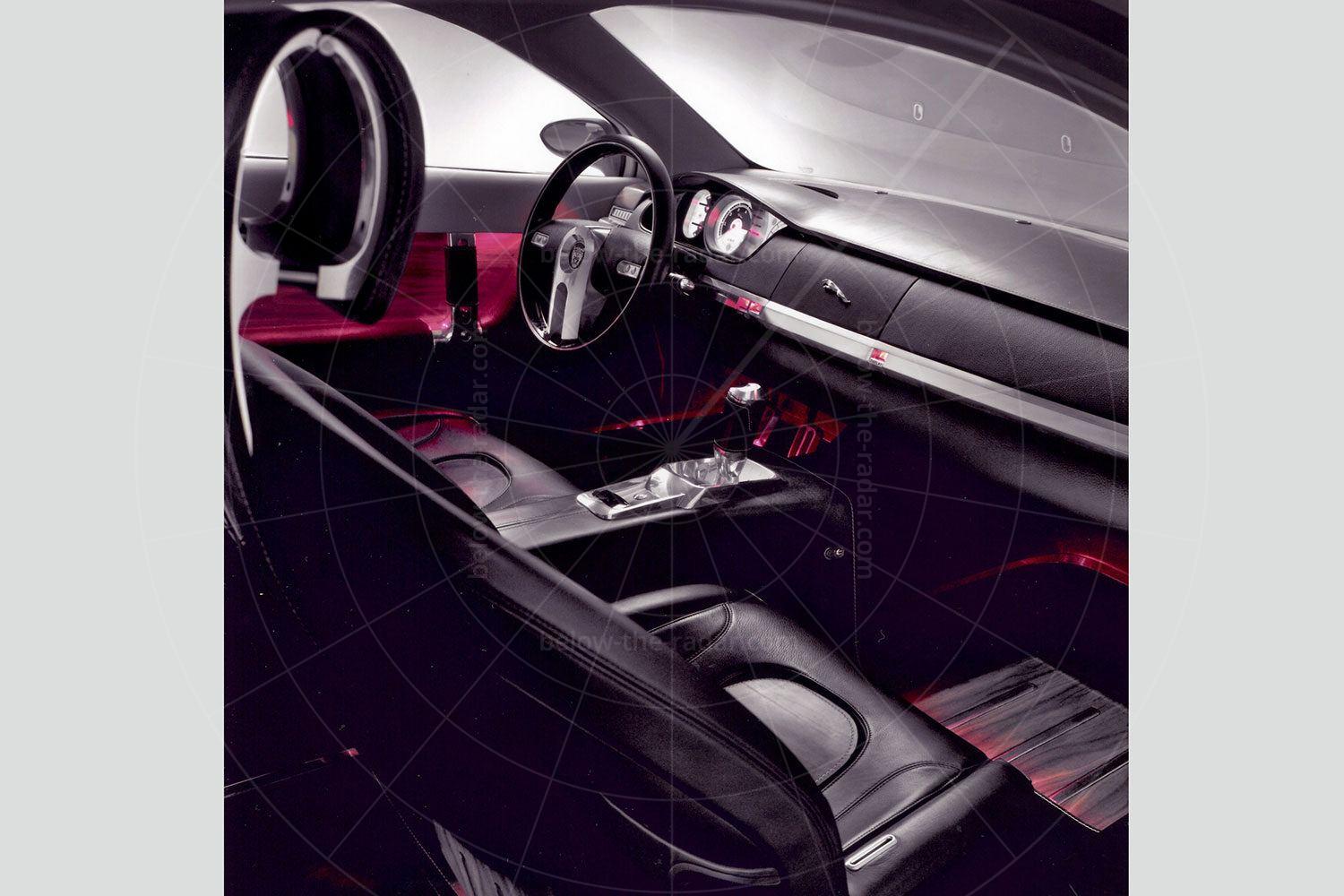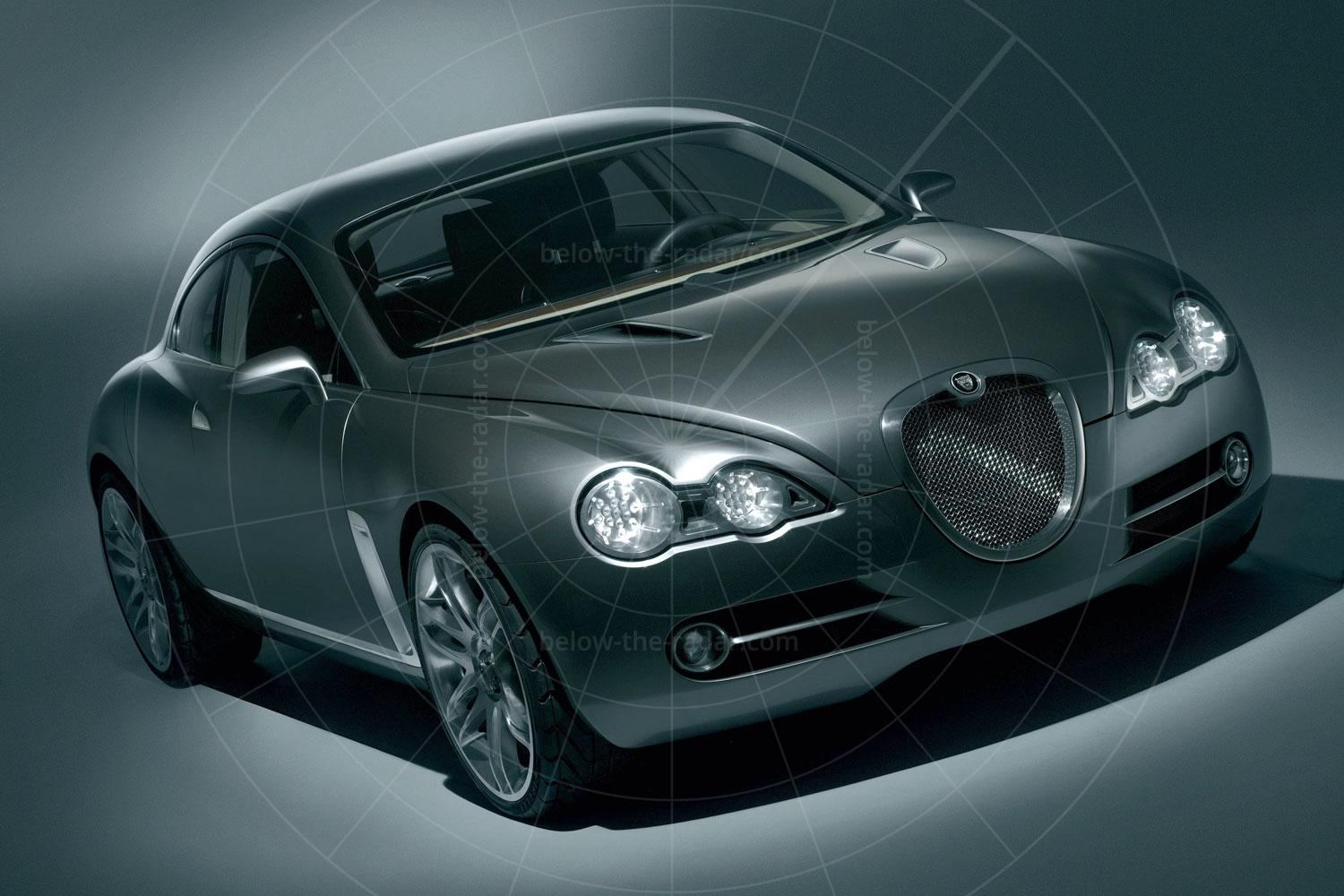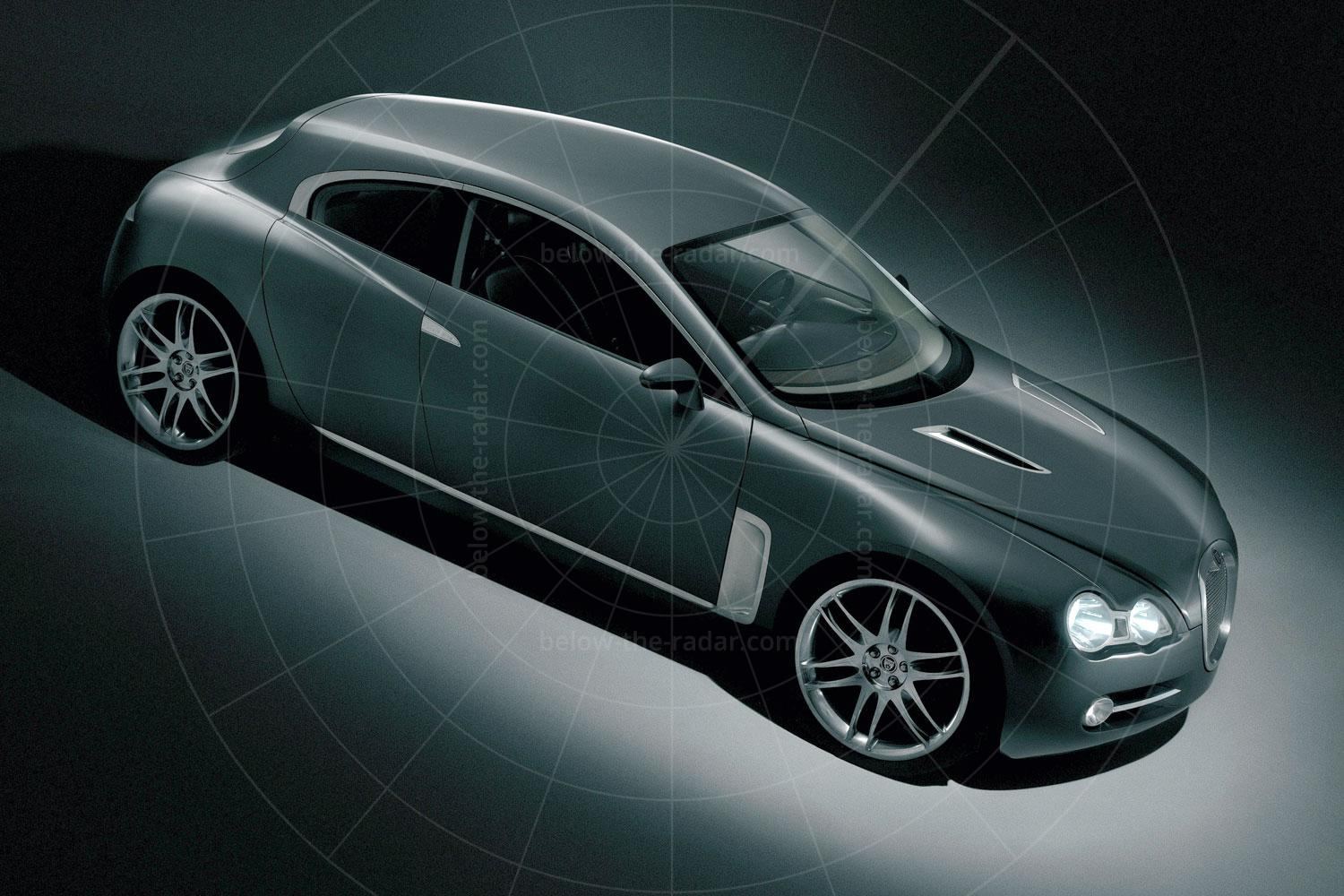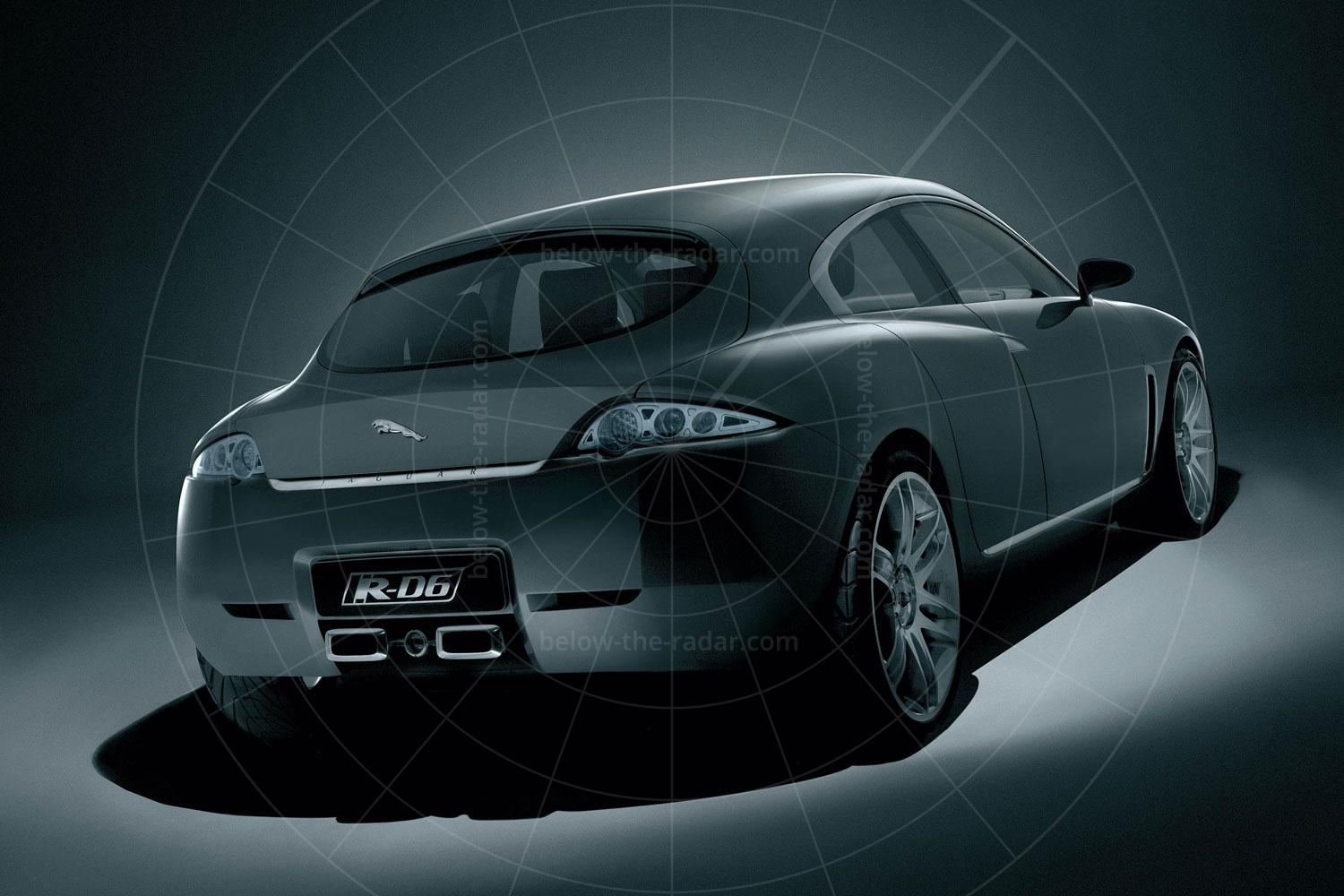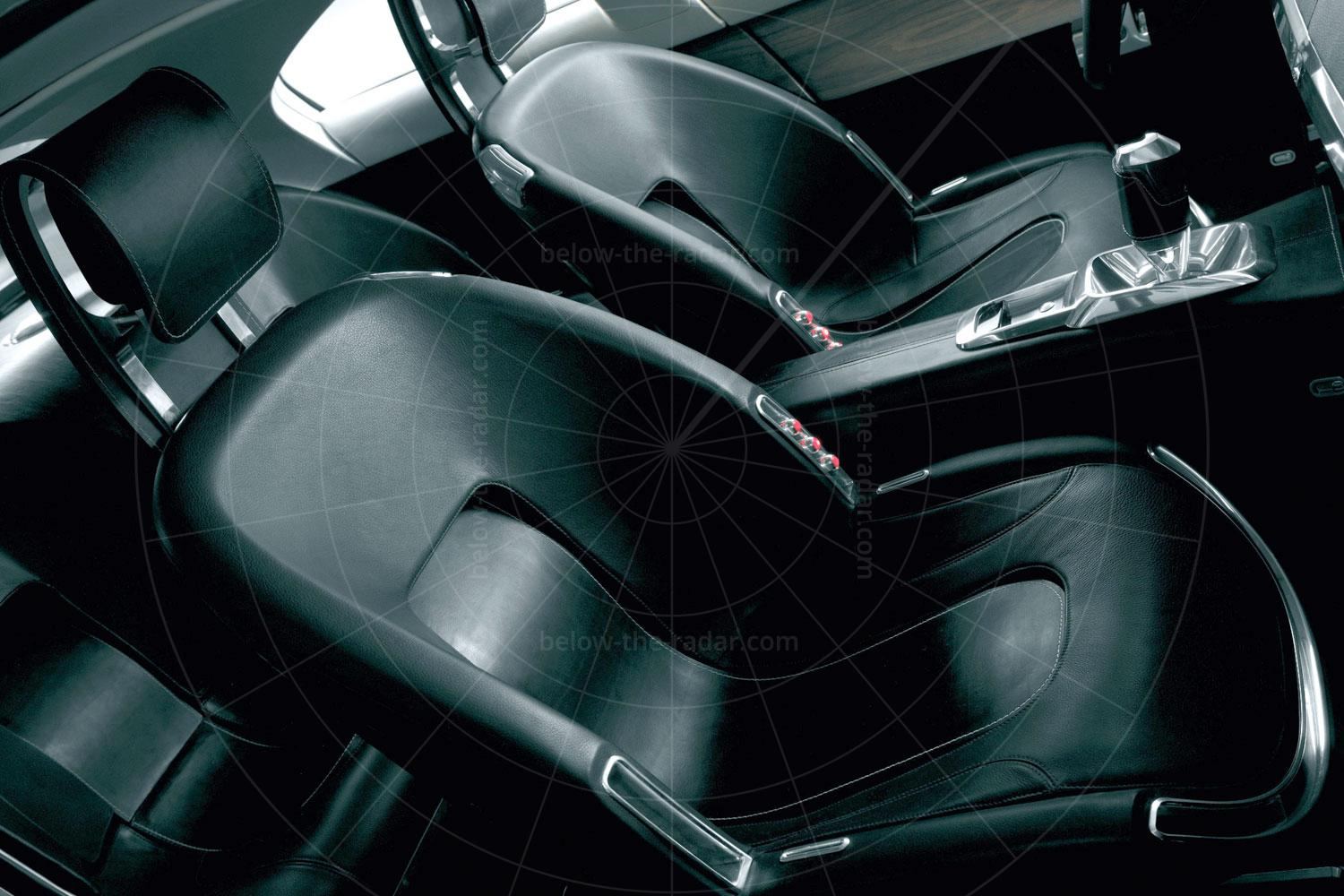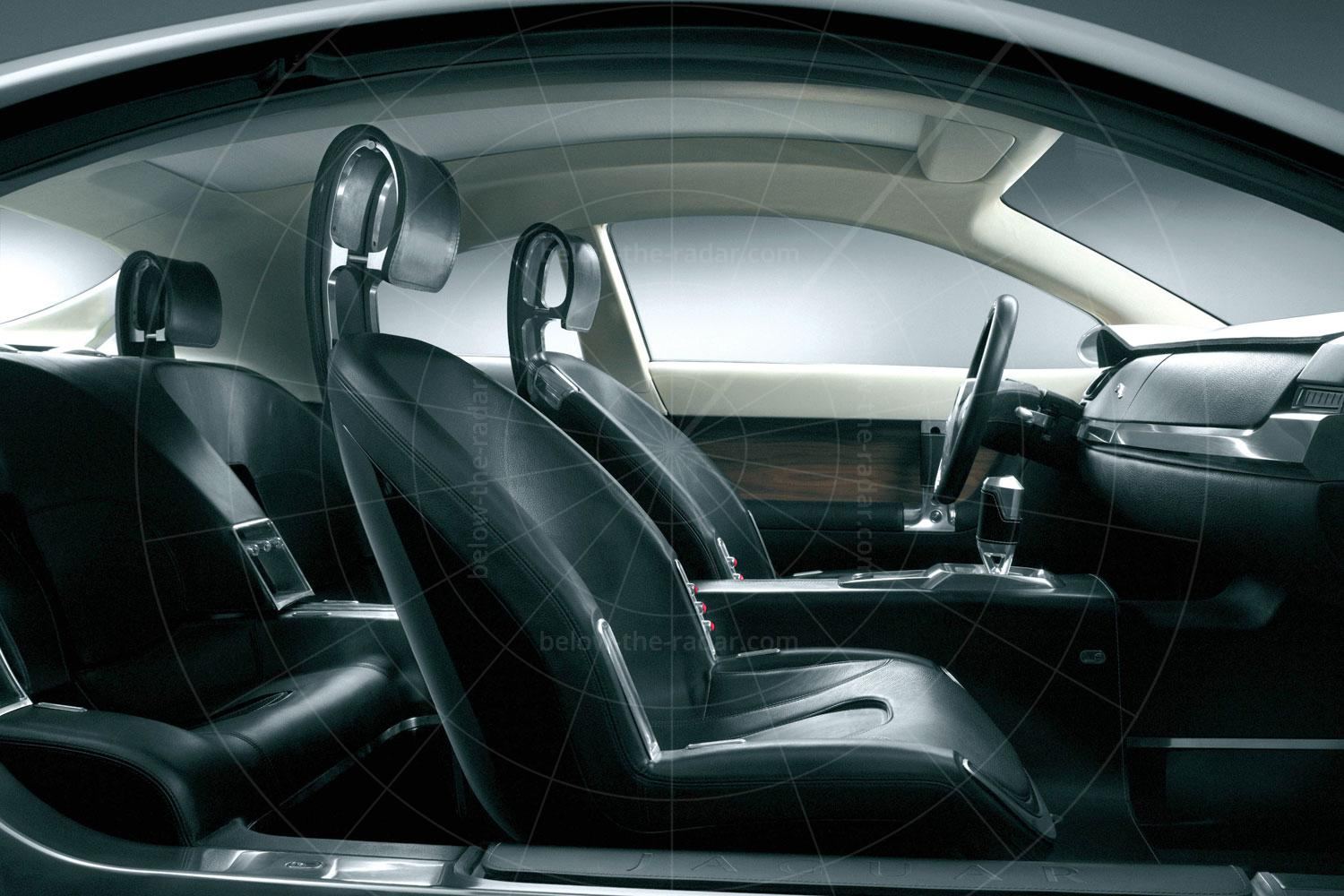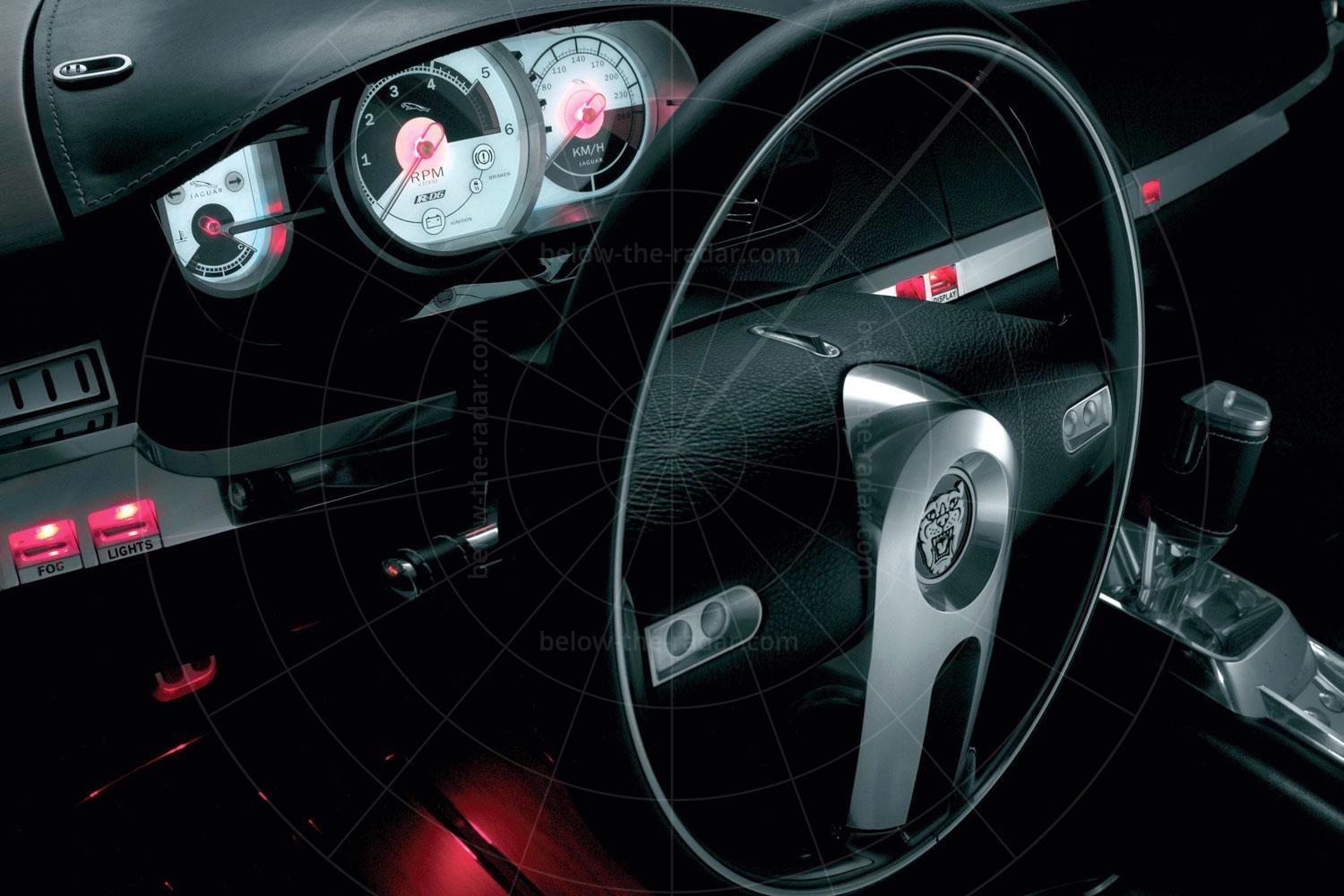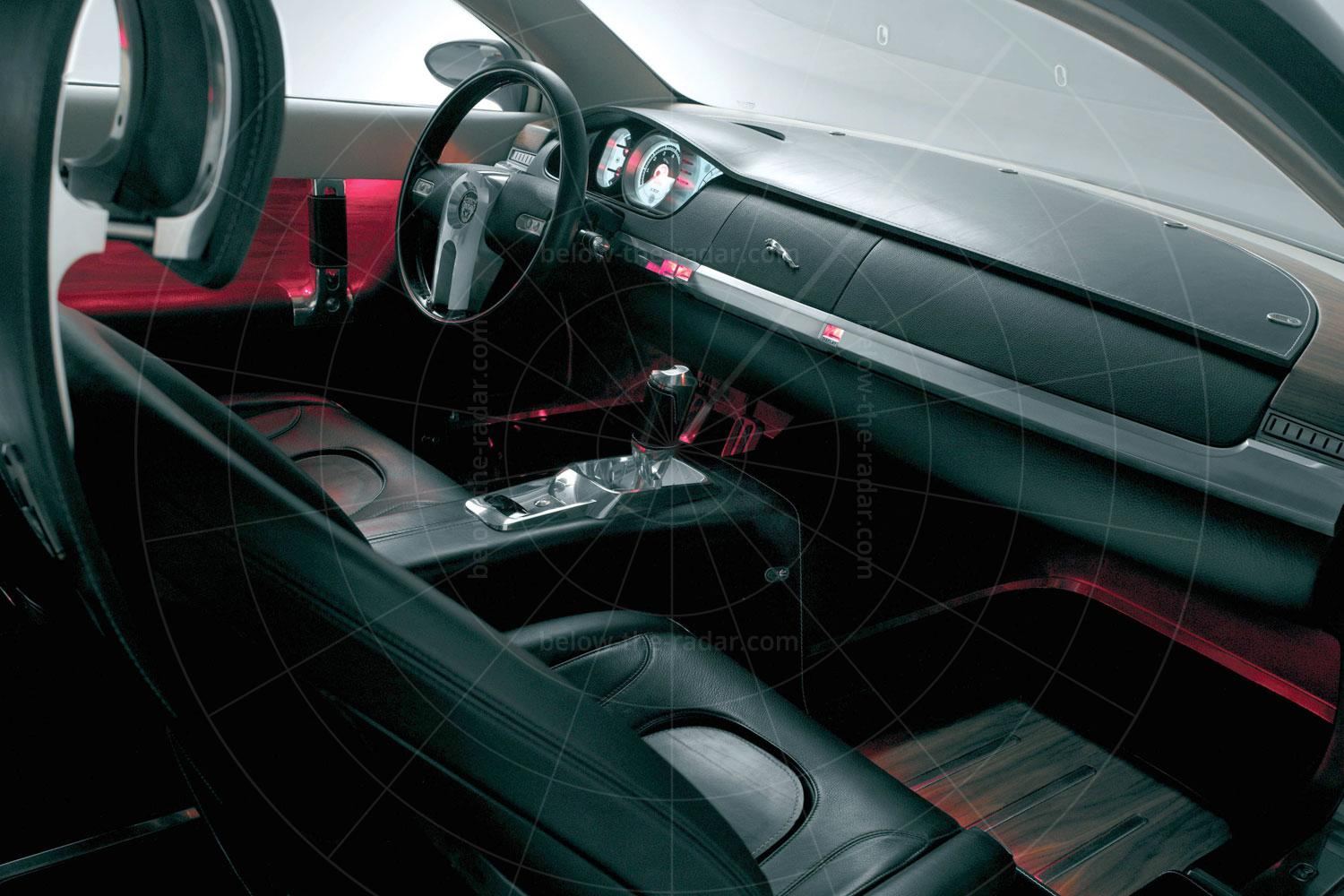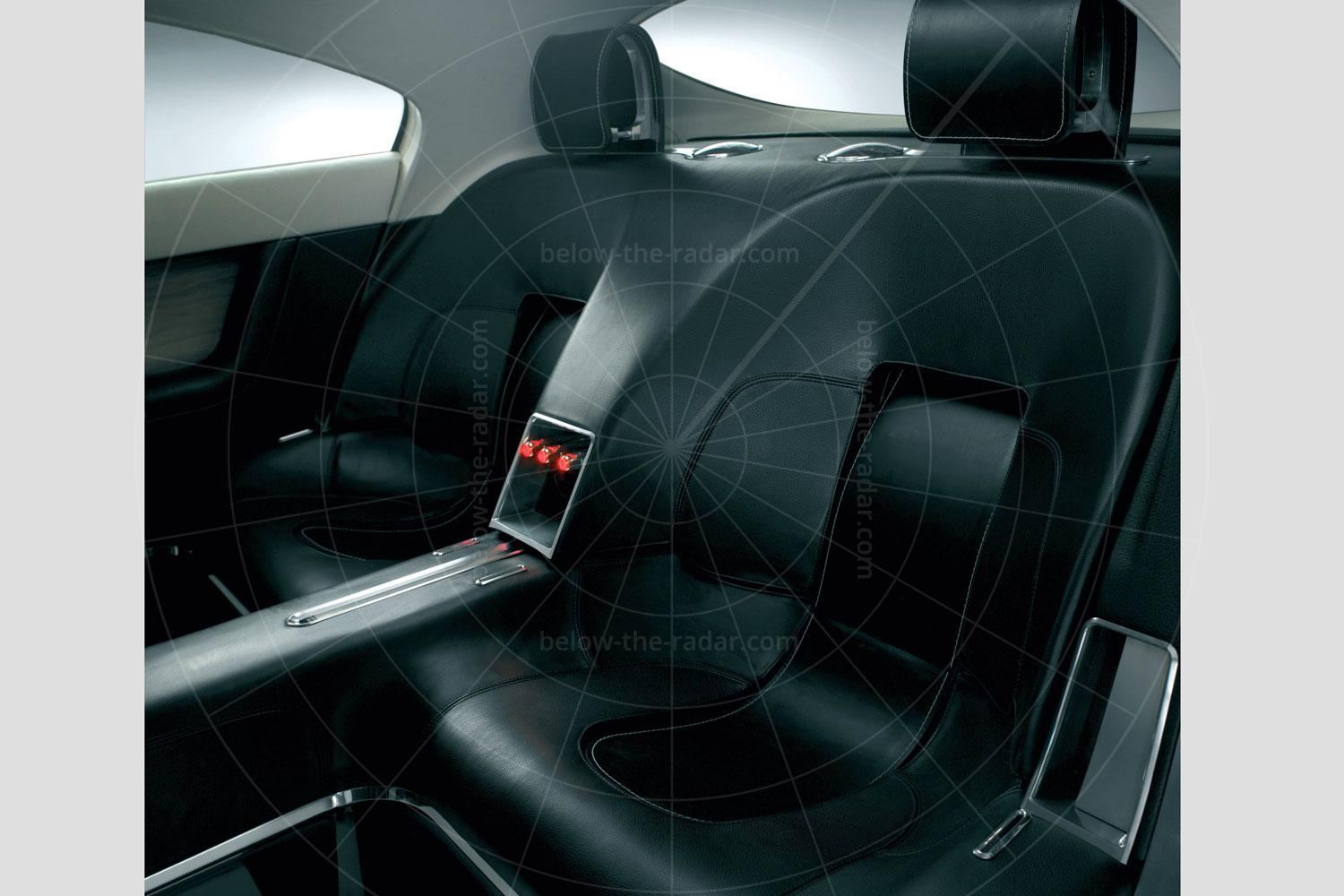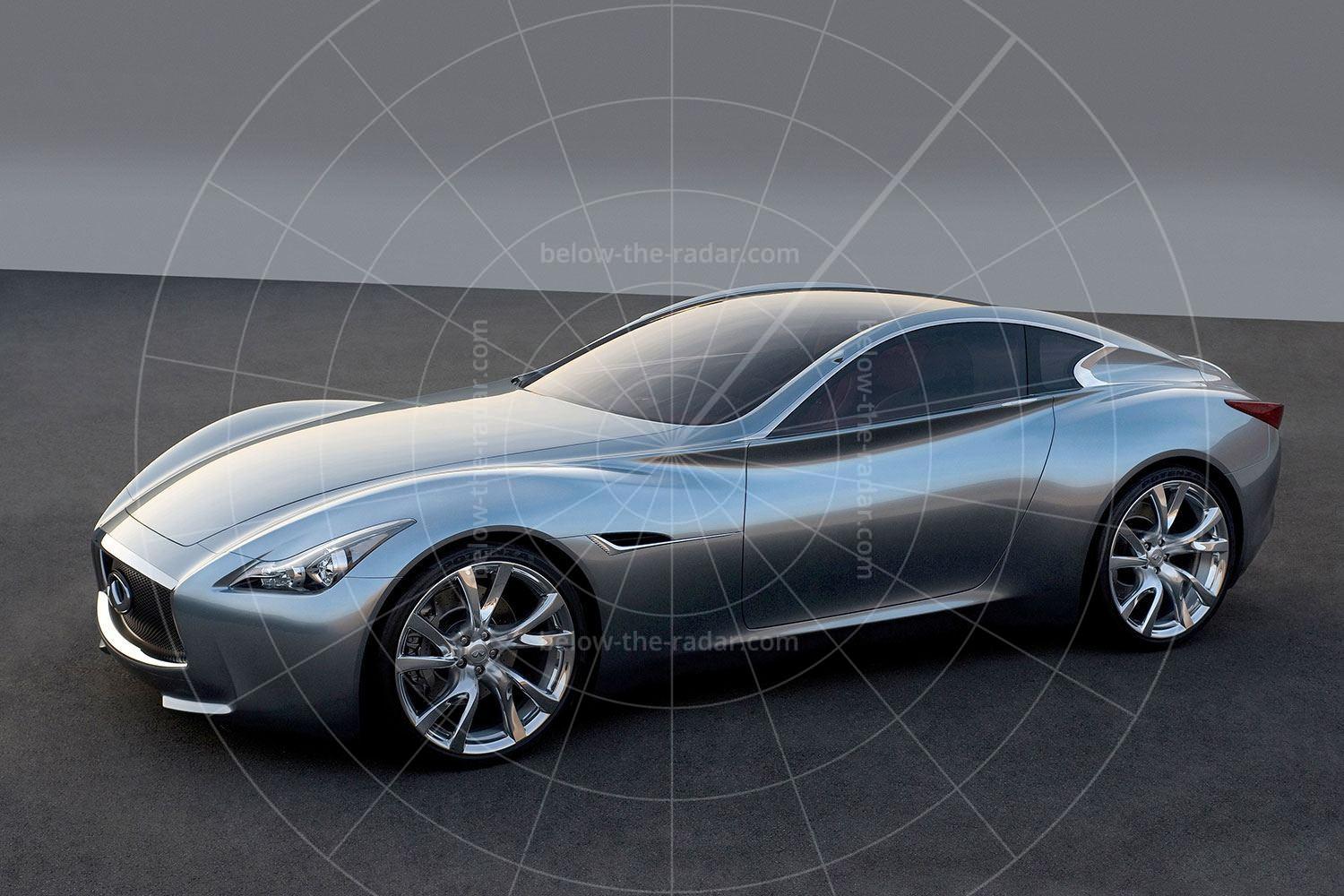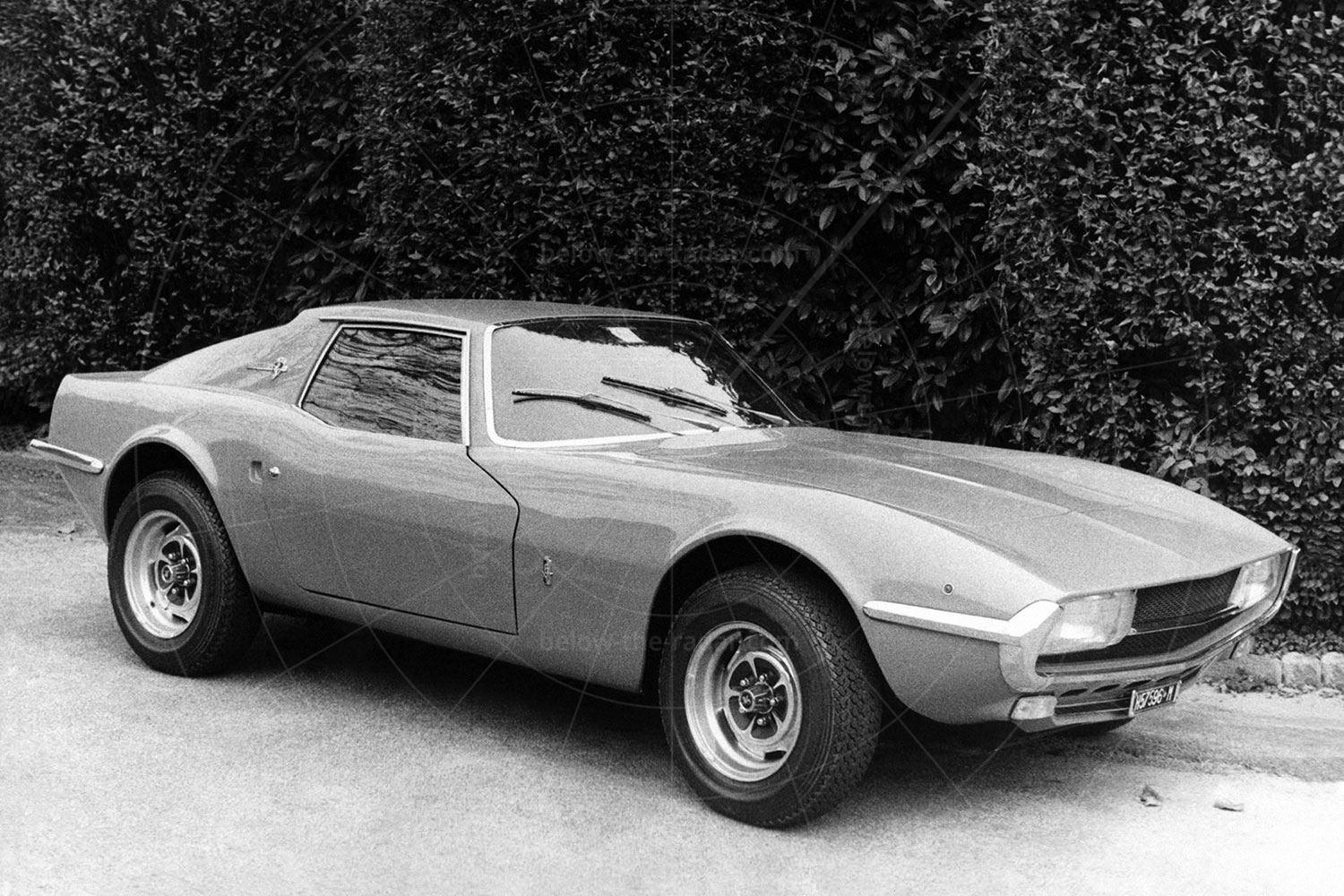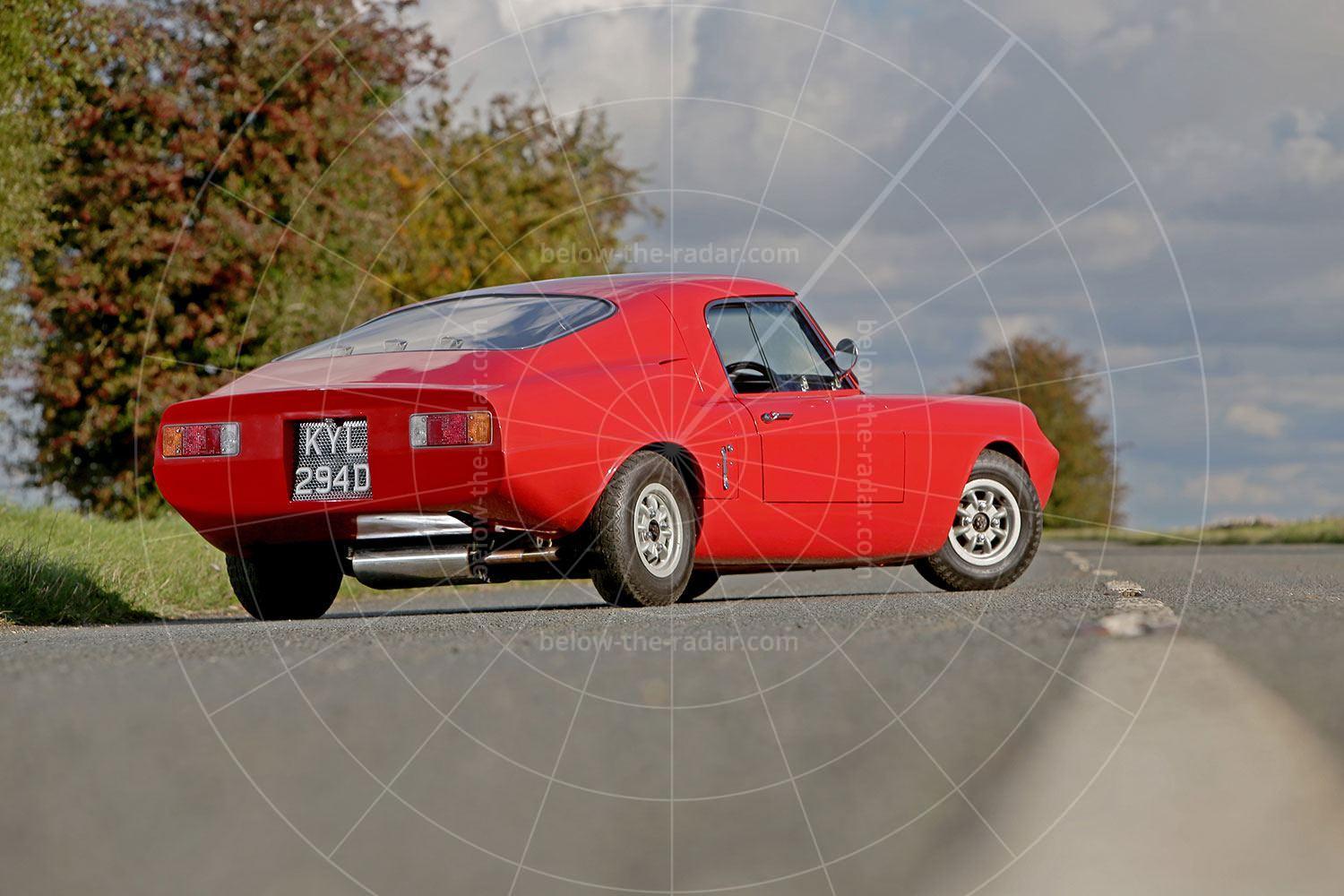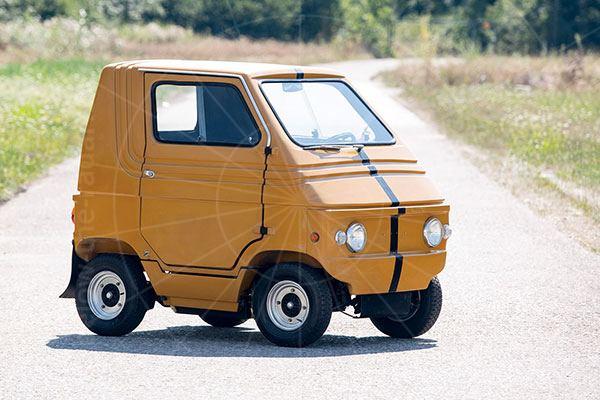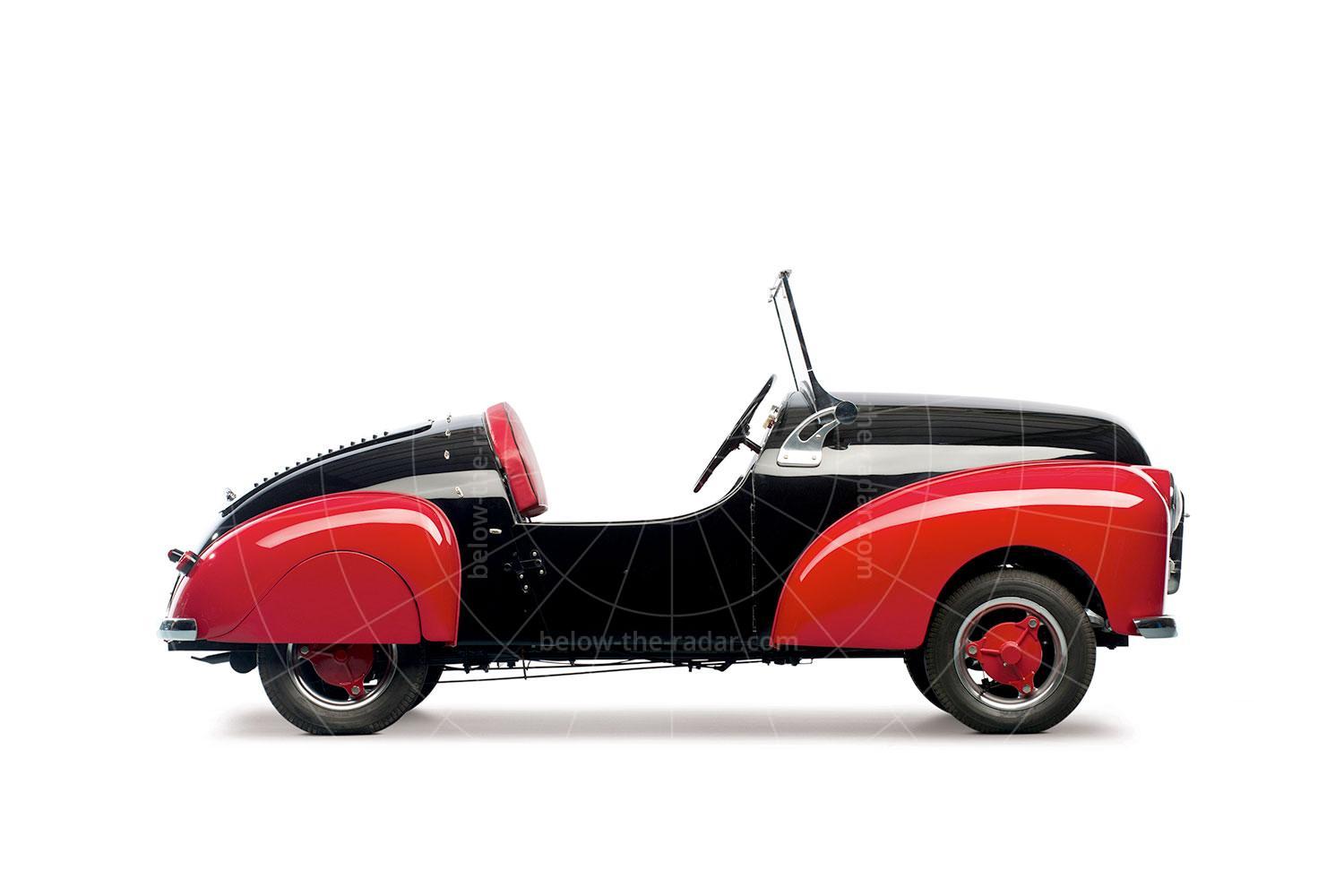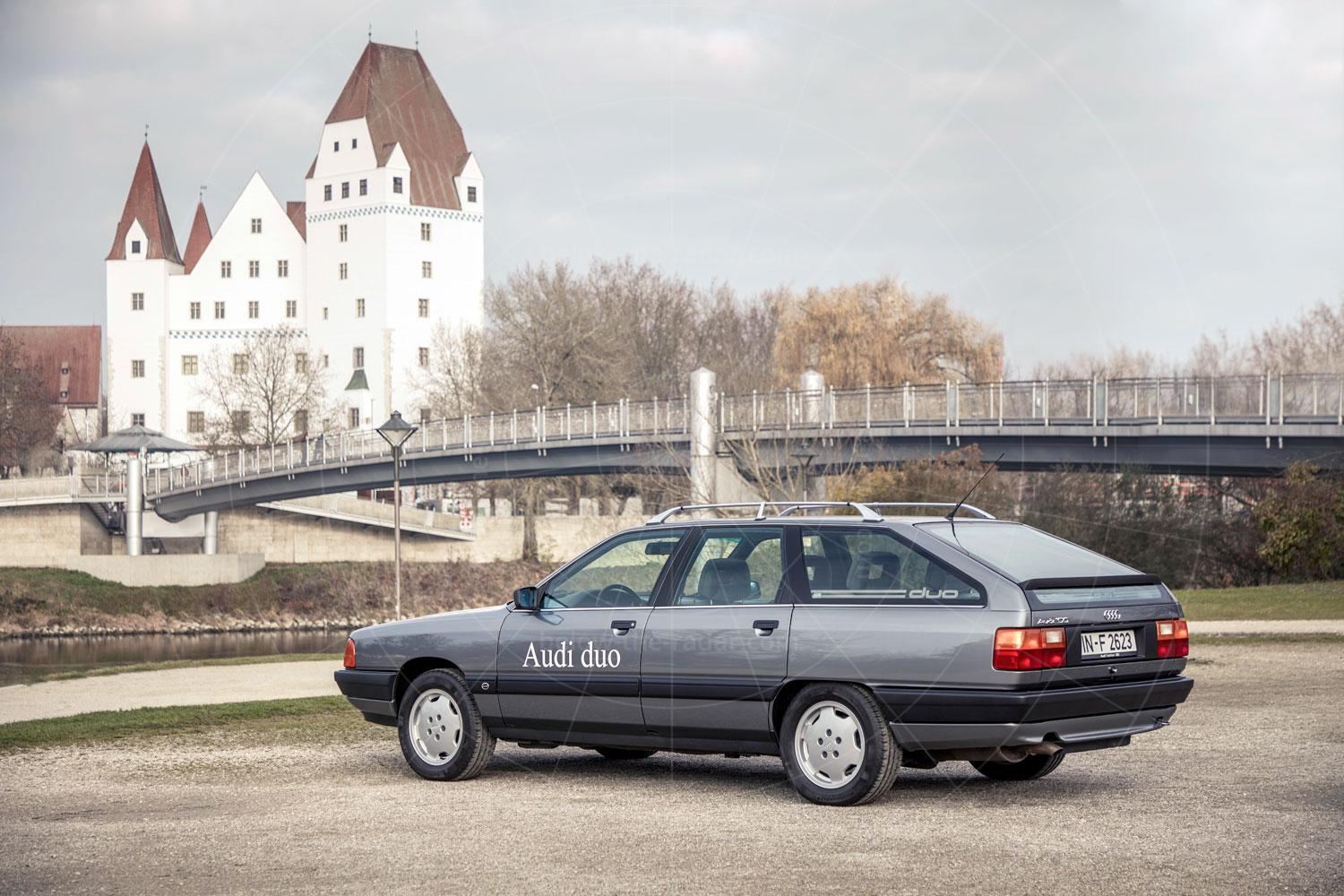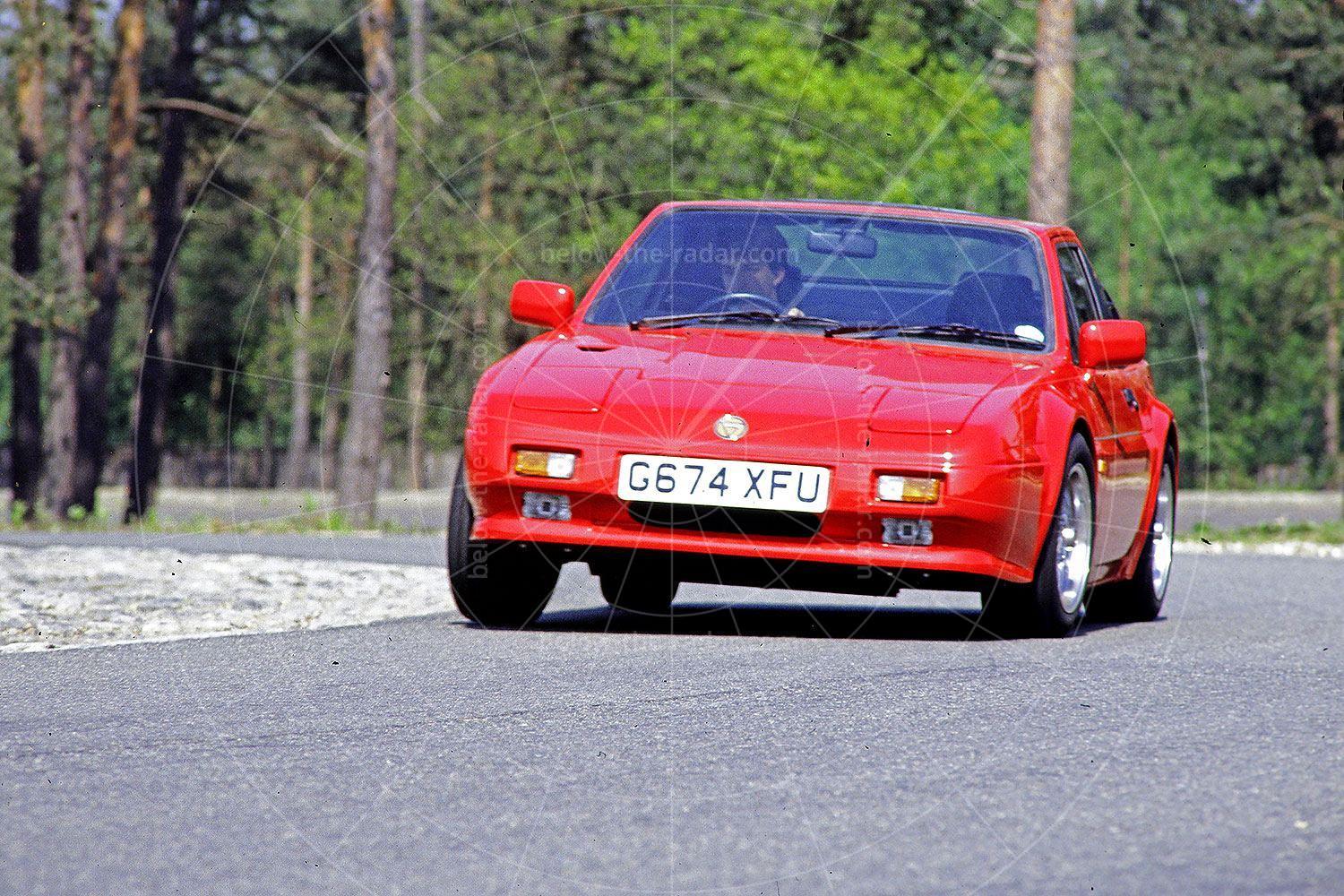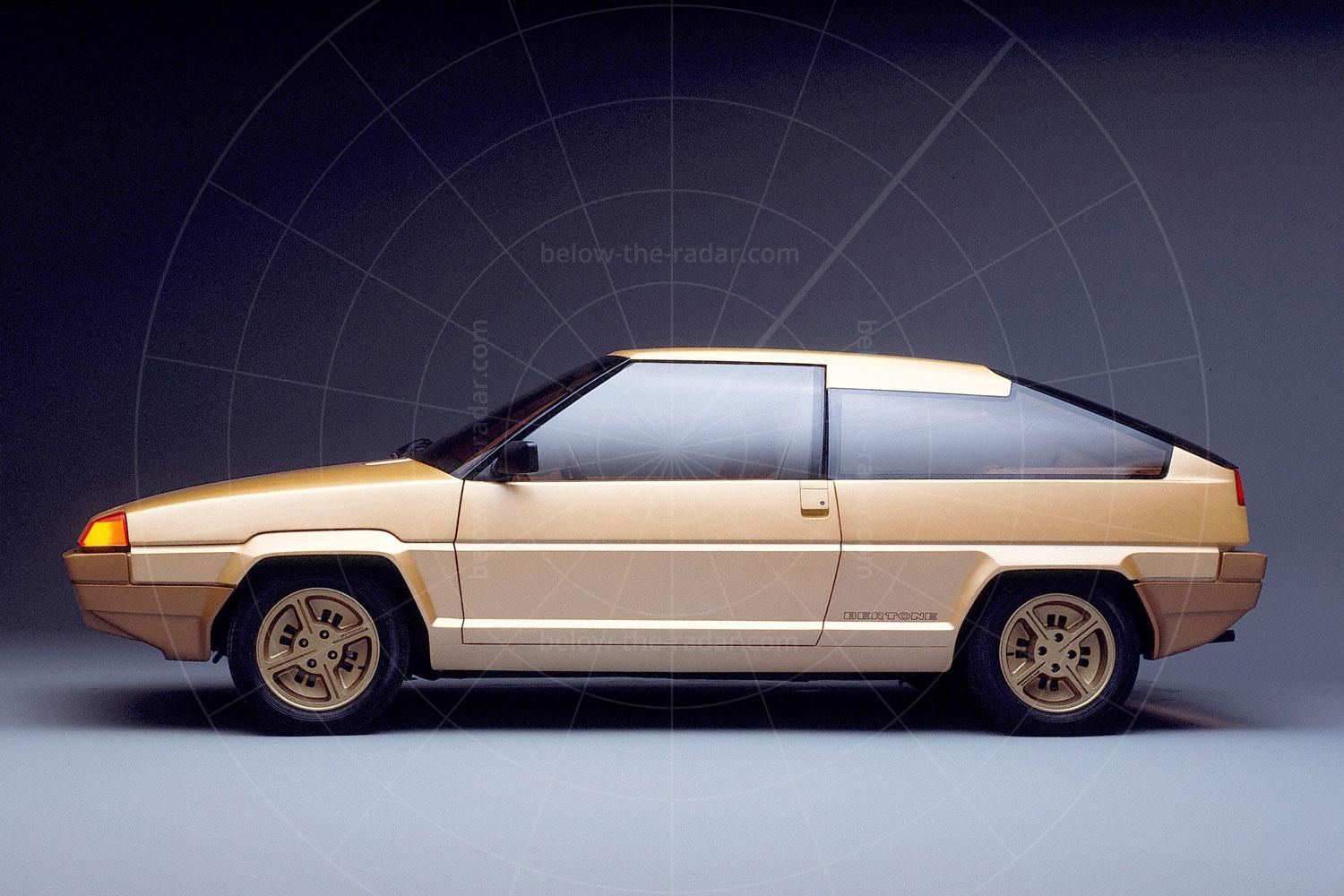Over the past three decades or so, Jaguar has unveiled a series of new looks, starting with the XK180 in 1998, followed by the F-Type two years later, with the R Coupé then breaking cover in 2001. All of these concepts supposedly illustrated the design direction in which Jaguar was heading, then at the 2003 Frankfurt motor show the R-D6 was unveiled, and at a stroke the Coventry company was starting all over again with its corporate look.
The problem was, this was the most daring concept yet from the company, and for Jaguar, tradition had always held sway over radical change. But as we saw in the two decades before the R-D6 appeared, sticking with traditional design cues didn’t do Jaguar any favours, so something fresh had to be attempted. Unfortunately for Jaguar, as we’ve seen in the two decades since the R-D6 was unveiled, a different design direction didn’t do the company much good either…
The whole premise of the R-D6 was that it was supposed to change people’s perceptions of Jaguar. It was intended to show that this long-established British brand wasn’t stuck in the past, and that it could appeal to a younger generation of buyers with its sporty, avant garde and contemporary design. Led by Julian Thomson under Ian Callum, the R-D6 lead exterior designer was Matt Beaven while Alister Whelan was in charge of the interior. They came up with a car that was hard to categorise with its compact low-roofed five-door configuration, and luxury cabin.
Take a look at the five-door silhouette of the R-D6 and you’ll probably think of the Mazda RX-8, not least because of those rear-hinged back doors. But unlike the Mazda, the Jaguar featured a tailgate which was side-hinged; a reference to the E-type. Perhaps the most surprising thing about the car though was its size; at 4330mm long it was 342mm shorter than Jaguar’s smallest car, the X-type. But thanks to better packaging along with greater width (it was based on the floorpan of the range-topping XJ) and height, there was plenty of space in the R-D6 for four to travel in comfort.
Look for classic Jaguar styling cues and you wouldn't find many. The grille was similar to the one you’d find on an S-type, and the twin headlamps weren’t too dissimilar to the ones seen on generations of Jaguars – but in looks only. The technology was all new, with LEDs front and rear. The twin exhausts were integrated into the centre of the rear valance and the door handles were all flush; they pivoted on their leading edge to activate an electric actuator which opened the doors.
To maximise the interior space the wheels were pushed to the very corners of the car, and those wheels were monstrous 21-inch spoked items wrapped in 255/30 R21 tyres at the front and 275/30 R21 items on the back. To keep weight down as much as possible the bodyshell was made almost entirely of aluminium, with the odd carbonfibre panel thrown in for good measure. Despite this, at 1500kg the R-D6 was hardly a featherweight for a car so small.
The reason for the car’s relatively high kerb weight considering its compact dimensions, was the high equipment count. This was a true premium small car, which meant it had to be fitted with every gadget that buyers of much larger cars would be expecting. Sat-nav, electric adjustment of just about everything that moved, and a premium hi-fi were just the start of the equipment list. But the interior was less about all the toys fitted and more about the beautiful detail design that made the car feel really special.
Although there was wood and leather in the R-D6’s cabin, it wasn’t of the type that Jaguar buyers were used to. The timber was black-lacquered piano wood while the dash, its surround, the seats and the trim panels were all finished in black leather. But what set the car apart from Jaguar’s production cars was the amount of aluminium detailing spread around the cabin, making it look thoroughly contemporary and very classy. Rather less classy was the starter button, which was hidden beneath a sliding cap in the gearknob. It didn’t say ‘start’; instead it said ‘fire’. Tackiness alert!
The five-door bodyshell design was only the start of the revolution for Jaguar; the fact that the R-D6 was powered by a diesel engine was just as radical. For a company which had only weeks before put its first ever oil-burning car on sale, it was quite unexpected to find a 2.7-litre twin-turbo diesel V6 under the bonnet, which sent its power to the rear wheels via a five-speed automatic transmission. Tuned to produce 230bhp and a delicious 369lb ft of torque, the concept was endowed with an electronically limited top speed of 155mph, and it could also sprint from a standing start to 62mph in under six seconds.
The R-D6 came about because nobody in Jaguar’s design team was keen on any of the company’s products; they wanted to create something that they would buy. Something luxurious and design-led, but also affordable, with a proposed price tag a bit above £25,000. But of course we never got anything like the R-D6, because the XF came along instead, and later the XE. Neither failed to topple Audi, BMW and Mercedes which have long dominated the premium segment. Would a production version of the R-D6 have made any difference, perhaps to the point that Jaguar’s 2024 reinvention might not have been required? Probably not, but who knows?
| Vital statistics | |
|---|---|
| Debut | Frankfurt 2003 |
| Exterior designer | Matt Beaven |
| Interior designer | Alister Whelan |
| Engine | Front-engined, 2.7-litre, turbodiesel, V6 |
| Transmission | 5-speed auto, rear-wheel drive |
| Power | 230bhp |
| Torque | 369lb ft |
| Top speed | 155mph |
| 0-60mph | Under 6 seconds |

